Keep your holidays happy and bright by making fire safety a priority during this festive season.
From holiday candles, to Christmas trees, dangling garlands and fireplaces, seasonal decor can often be hazardous if not properly put up with care — or if it's placed next to a potentially dangerous item. Follow the sage advice of these industry experts to keep the holidays safe for you, your family and guests.
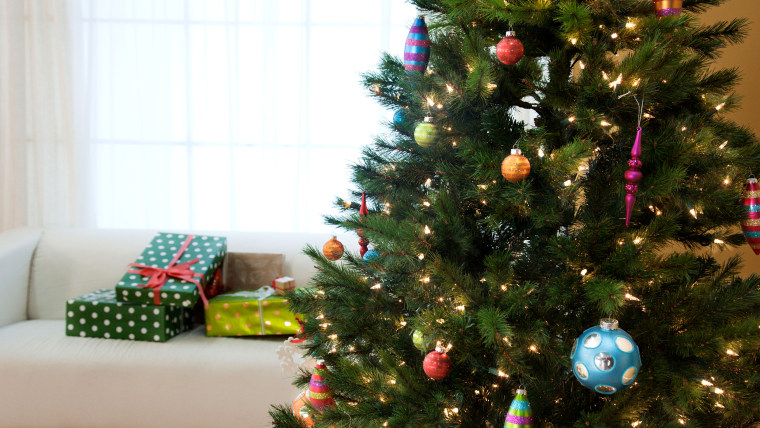
Christmas trees and lights
During the holidays, many people overload electrical circuits to accommodate holiday lighting, decorations and cooking appliances, unknowingly increasing the potential for electrical fires and outages, says Joel Worthington, president of Mr. Electric, a Neighborly company which is one of the nation’s leading residential and commercial electrical service providers. Since 25 percent of Christmas tree fires are caused by electrical problems, always follow this checklist.
Inspect lights first. Before plugging in a strand of lights, examine the cord for damage.Throw away any frayed, kinked or worn light strands.
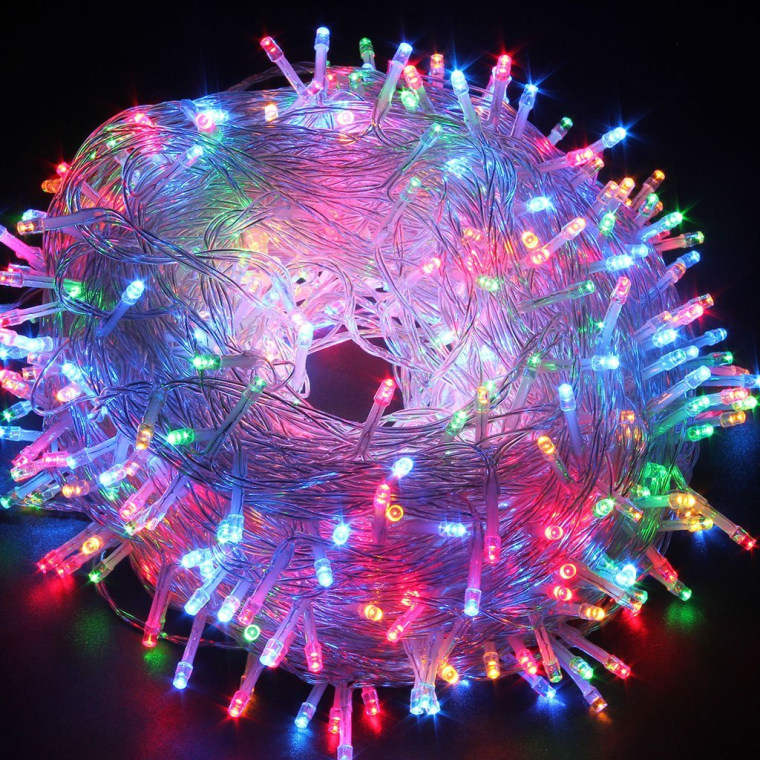
Never overload a circuit. A typical household circuit can power 70 strings of 50-bulb mini lights, or 300 to 600 strings of 50-bulb LED lights. If you plan to use more than these amounts, spread the light strands across multiple circuits to prevent an overload. Take any major appliances into account if you plug lights into the same circuit.
Turn off all lights and decorations before leaving the house or going to bed. To avoid braving the cold every night, install a timer to automatically turn on the lights at dusk and turn them back off at dawn (or earlier if you prefer).
Use a GFCI. A ground-fault circuit interrupter is a special type of wall outlet installed in areas where water and electricity could potentially mix, causing a dangerous reaction. GFCIs monitor the electrical current flowing through them and automatically shut off if the current becomes unbalanced, like in the event water enters the system. This reduces the chance of electric shock. You know your outlet is a GFCI if it has a “test” and “reset” button on the front.
Keep your tree hydrated. Just two or three days without water could be enough to dry out a Christmas tree, so water it every day. Once a tree is dry, it can catch fire easily so it should be discarded.
Space heaters, safety detectors and electric cords
Mark Farmer, owner of Mr. Electric Kansas City South, offers the following advice on these commonly used items.
Use space heaters with care. Space heaters should only be used as temporary heating and they should be plugged into a 20-amp circuit, if at all possible. They should never be used with an extension cord, either. Also, since heat sources too close to the tree account for 25 percent of Christmas tree fires, keep Christmas trees away from all heat sources, including space heaters.
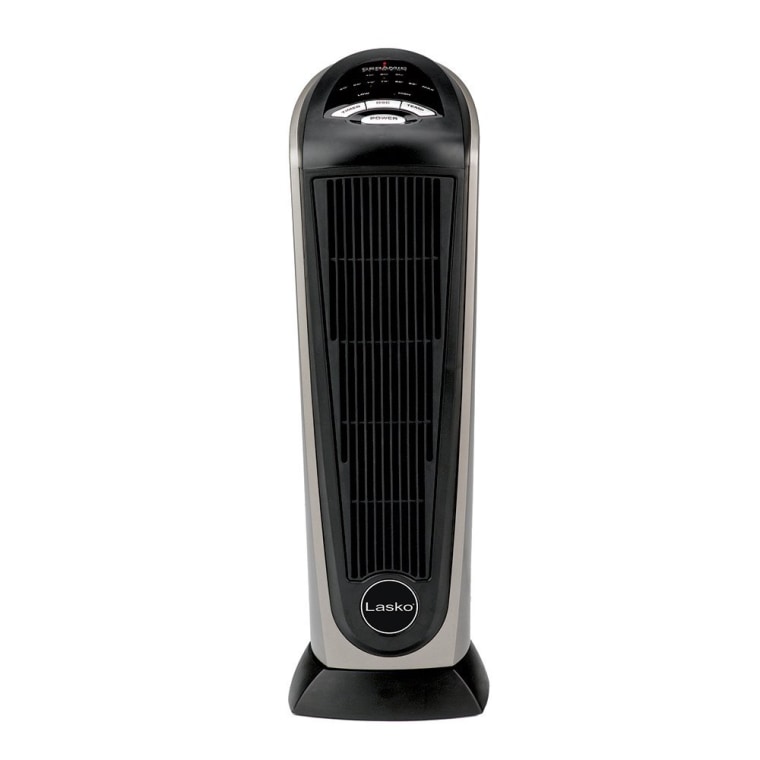
You can never have enough smoke detectors. Smoke detectors should be placed in each bedroom, in the halls adjacent to the bedrooms and on each level of the home, including the basement.
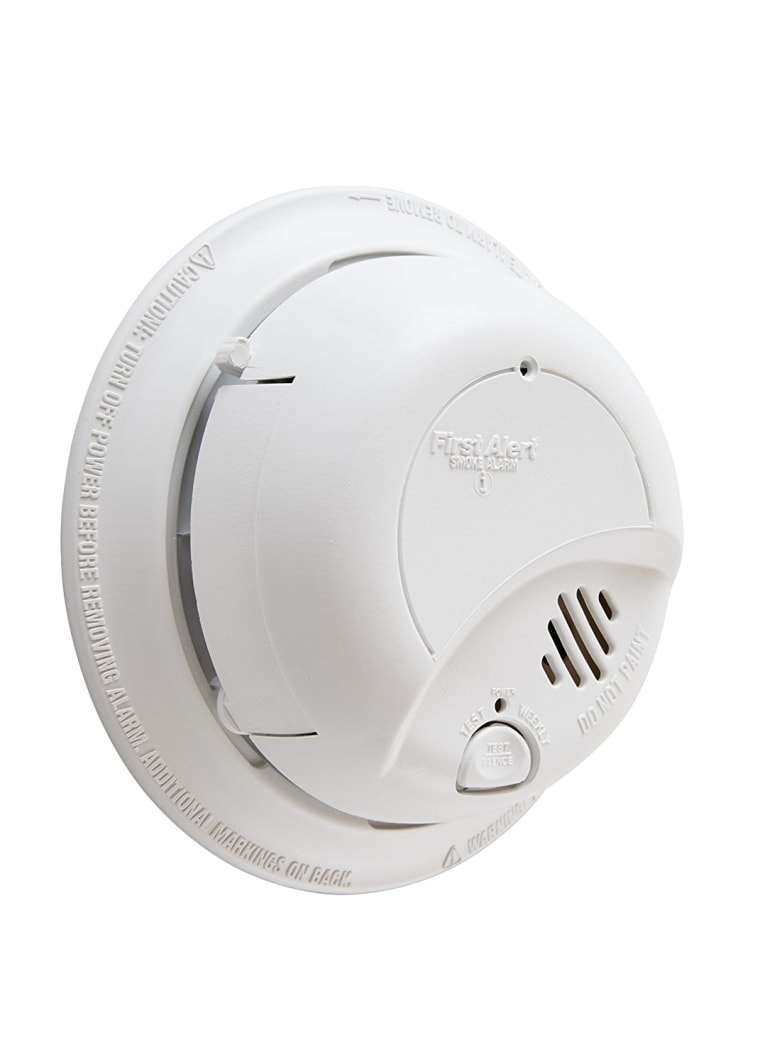
Keep batteries in all of your carbon monoxide detectors. Carbon monoxide detectors should be located in the hallway adjacent to bedrooms and on each floor, if you have a home that has natural gas or liquid propane gas. Combination smoke and CO detectors are also available. Farmer recommends that all detectors be hardwired, 120-volt, with battery backup, and that they be interconnected, so if one goes off, they all go off. If there are people in the house who are hearing impaired, consider installing visual strobe detectors for their safety.
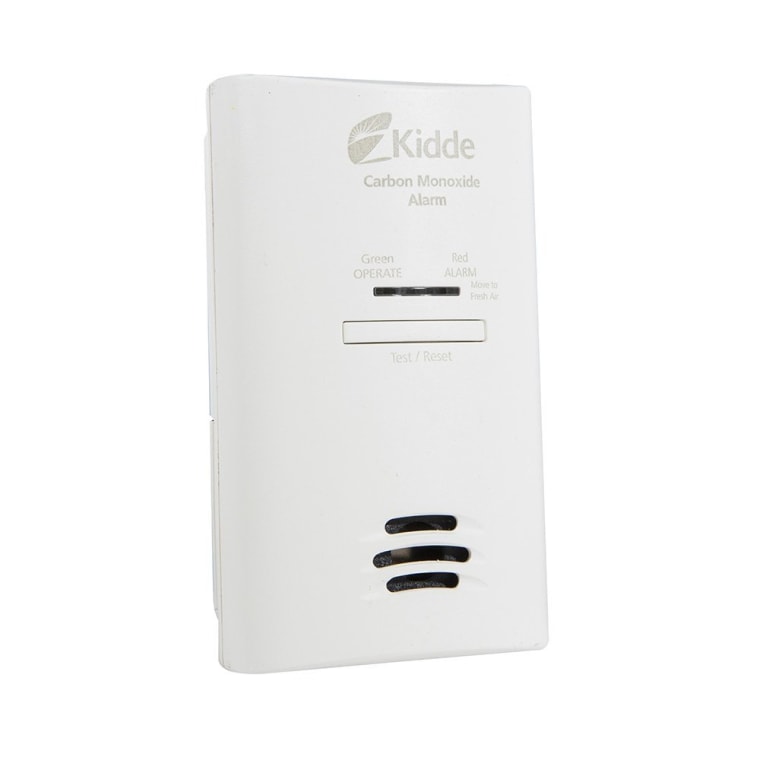
Don't use flimsy extension cords. Extension cords should always be heavy-duty, quality cords that are grounded for fire safety. Never run extension cords under rugs or in areas where they pose a tripping hazard. Keep in mind that an extension cord is meant to be used as a temporary solution so if you’re using one on a regular basis, you may want to hire an electrician to install permanent power.
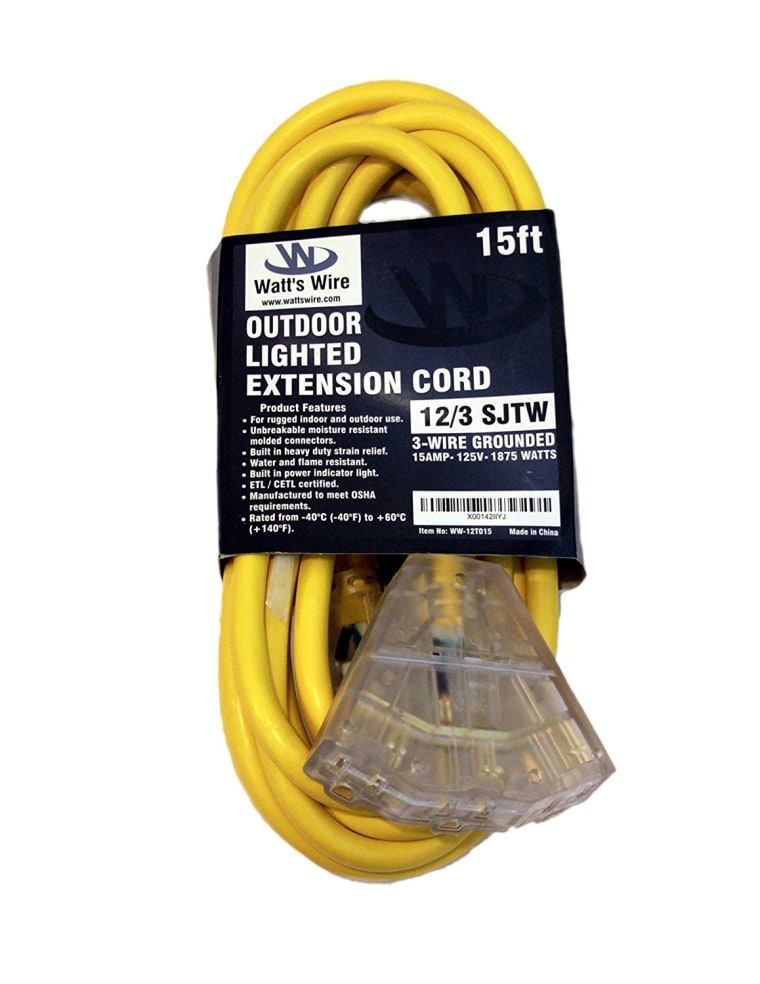
Candle safety
Candles may provide a festive ambiance and delightful fragrance, but they’re also responsible for starting two out of every five home decoration structure fires each year. This is especially true during the holidays when the top three days for home candle fires are Christmas, New Year’s Day, and Christmas Eve.
Get flame without the fire. Consider replacing traditional candles with flameless, battery-operated types, but don't forget to turn them off when leaving the house as LED lights do get hot.
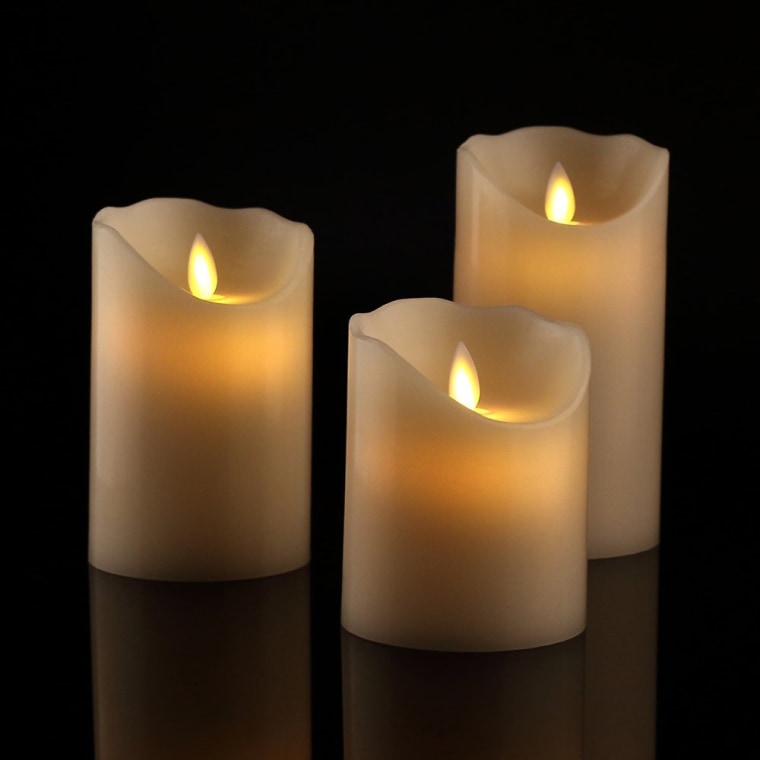
Don't leave the room. Never leave a candle burning unattended and, if you're going to be stepping away from the candle for several minutes, it's safer to blow it out rather than risk a potential hazard.
Use caution when decorating with candles. Always use a sturdy candle holder to keep it from tipping over or touching flammable surfaces. When decorating, keep candles at least 12 inches away from all flammable items.
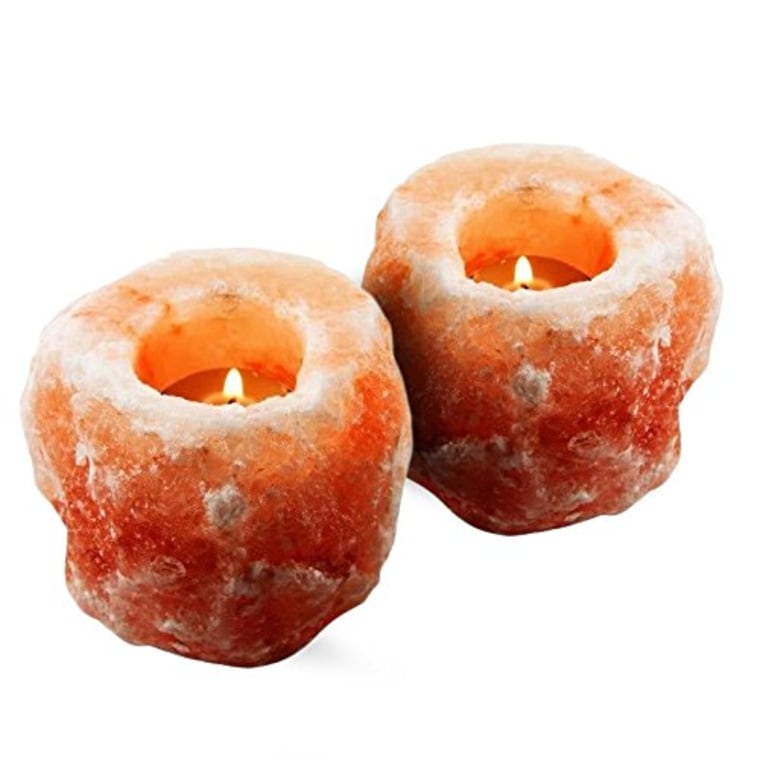
Chimney and fireplace safety
According to a 2016 report from the National Fire Protection Association, a leading factor contributing to home heating fires was the failure to clean chimneys. Since this chore involves more than sweeping soot, it’s best to hire a CSIA Certified Chimney Sweep, says Ashley Eldridge, education director for Chimney Safety Institute of America.
Fireplaces and chimneys should be inspected by a professional chimney sweep every year — and again halfway through the season for new wood-burning installations, such as fireplaces or wood-burning stoves.
While cleanings should be done as recommended by the inspector, there are proactive measure homeowners should take when using the fireplace.
Keep the fireplace clear and free of debris. Clean the ashes from the fireplace after each fire. To reduce the amount of flammable material collecting in the chimney, burn only CSIA-accepted manufactured logs or firewood that’s been seasoned a year or more. Make sure the damper is fully open before lighting a fire.
Don't just burn any old thing. Burn fires that consume the fuel. Wet or poor-quality fuel results in slow fires and more creosote build-up on the flue. And never burn pressure-treated or painted wood.
Burn better fires. Use a "top-down burn" method, which burns hotter and cleaner fires that produce less smoke than traditional fire-building methods. Place the largest logs on the bottom, add a cross-layer of smaller logs, then some crushed newspaper and top it all with one-inch kindling. Light the newspaper, sit back and enjoy the fire.
Dryer safety
According to the U.S. Fire Administration, the number of dryer fires increases in the winter months and peak in January. Dave Lavalle, founder of Dryer Vent Wizard, a company that specializes in dryer vent repair, cleaning and maintenance, makes the following recommendations for dryer safety during the holidays.
Empty the lint screen before every load. Thick fabrics and newer fabrics create more lint, which can get trapped in the vent, become a major fire hazard, damage the dryer or cause it to work inefficiently.
Remove all snow from the outside opening to the dryer vent. It can freeze the vent line, forcing the dryer to work harder, which may cause it to catch fire or create a build-up of carbon monoxide. Have the dryer and the vent line cleaned annually by a qualified service provider. Dryer vent professionals clean all areas of the dryer and vent where lint can accumulate, block airflow and possible cause a dryer fire.
Do not overload the dryer. Opt, instead, for small loads, especially when drying heavy sweaters, coats and blankets.
Don't set it and forget it. Never run the dryer while you're asleep or away from home.
Keep the area around the dryer clean. Clear the laundry area of clutter, especially flammables like gift wrap, boxes, guests’ coats, combustible cleaning supplies and rags.
Take extra care with pets. If you have animals in your home, keep the areas around the dryer, including underneath and behind, free from pet hair, pet beds, pee pads and other pet-related clutter.
Keep it cool. To avoid overheating the dryer, try using the air-dry setting or a lower heat setting, if time permits, especially with heavier loads.
Following these safety tips during the holidays season — and all year long — will help keep your home safe from numerous fire hazards.